It is unlikely that herds in NI with low-risk Bovine Viral Diarrhoea (BVD) statuses will be able to avail of cheaper tissue tag testing.
Last week, around 900 herds in NI were given a new low-risk status for BVD by Animal Health and Welfare NI (AHWNI). A similar status is available in the Republic of Ireland (ROI), which makes tissue tag testing cheaper for low-risk herds.
However, farmers in ROI pay for tags and BVD testing separately, whereas the price paid for tags in NI includes the subsequent tissue test.
Speaking to the Irish Farmers Journal, a source in the local tag market said that the structure of the NI system means it will be difficult to administer two different types of BVD tags.
“If a farmer with low-risk status buys 200 tags at a lower rate, but then has a PI calf the following week and loses their status, what would they do with the tags?” he said.
Last week, AHWNI suggested that laboratories could consider using cheaper BVD tests for low-risk herds, such as pooled sampling methods.
However, it is understood that some laboratories already use pool sampling for BVD testing, and tissue samples are only tested individually if a pooled group is BVD positive. The concern is that increasing the size of pooled groups further could affect the reliability of the test.
That said, savings could be available if more labs use pooled sampling methods. And as BVD rates decline in NI, there will be less need for pooled samples to be re-tested individually.
Ultimately, the source suggested that it might be more practical to pass on savings to all farmers, regardless of BVD status, in the prices paid for tags.
However, that would mean there will be no financial benefit for farmers that used tissue tags prior to March 2016, as part of the voluntary phase of the BVD programme.
At present, prices for a standard set of cattle tags in NI mainly depend on the order size and range from £4.15-4.90 (excluding VAT). Deals are also possible with suppliers for free taggers and, if required, free postage.
Read more
New low-risk status for BVD herds
Gulf in BVD eradication between north and south
It is unlikely that herds in NI with low-risk Bovine Viral Diarrhoea (BVD) statuses will be able to avail of cheaper tissue tag testing.
Last week, around 900 herds in NI were given a new low-risk status for BVD by Animal Health and Welfare NI (AHWNI). A similar status is available in the Republic of Ireland (ROI), which makes tissue tag testing cheaper for low-risk herds.
However, farmers in ROI pay for tags and BVD testing separately, whereas the price paid for tags in NI includes the subsequent tissue test.
Speaking to the Irish Farmers Journal, a source in the local tag market said that the structure of the NI system means it will be difficult to administer two different types of BVD tags.
“If a farmer with low-risk status buys 200 tags at a lower rate, but then has a PI calf the following week and loses their status, what would they do with the tags?” he said.
Last week, AHWNI suggested that laboratories could consider using cheaper BVD tests for low-risk herds, such as pooled sampling methods.
However, it is understood that some laboratories already use pool sampling for BVD testing, and tissue samples are only tested individually if a pooled group is BVD positive. The concern is that increasing the size of pooled groups further could affect the reliability of the test.
That said, savings could be available if more labs use pooled sampling methods. And as BVD rates decline in NI, there will be less need for pooled samples to be re-tested individually.
Ultimately, the source suggested that it might be more practical to pass on savings to all farmers, regardless of BVD status, in the prices paid for tags.
However, that would mean there will be no financial benefit for farmers that used tissue tags prior to March 2016, as part of the voluntary phase of the BVD programme.
At present, prices for a standard set of cattle tags in NI mainly depend on the order size and range from £4.15-4.90 (excluding VAT). Deals are also possible with suppliers for free taggers and, if required, free postage.
Read more
New low-risk status for BVD herds
Gulf in BVD eradication between north and south




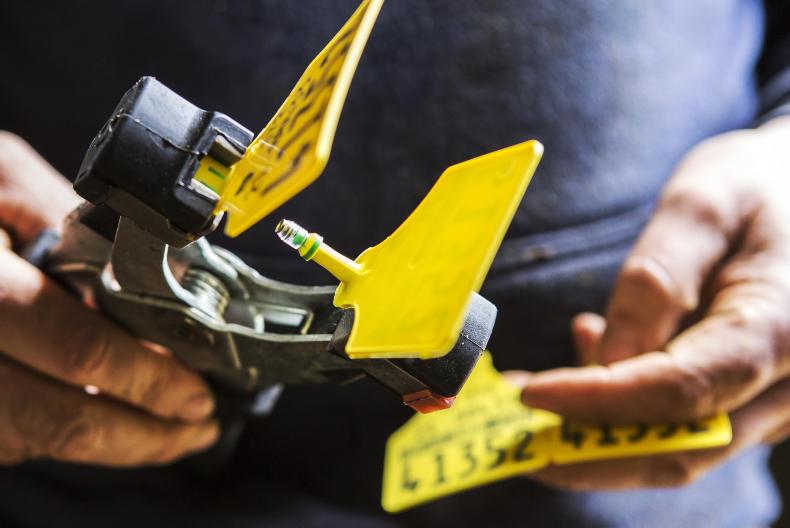
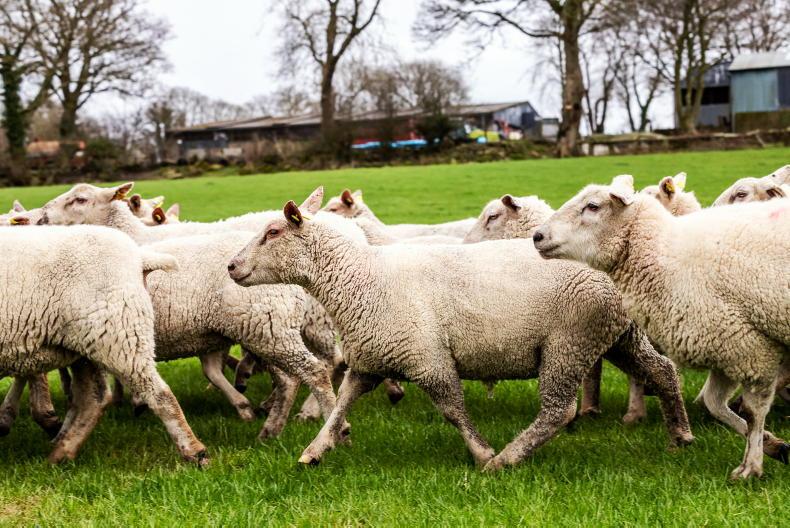
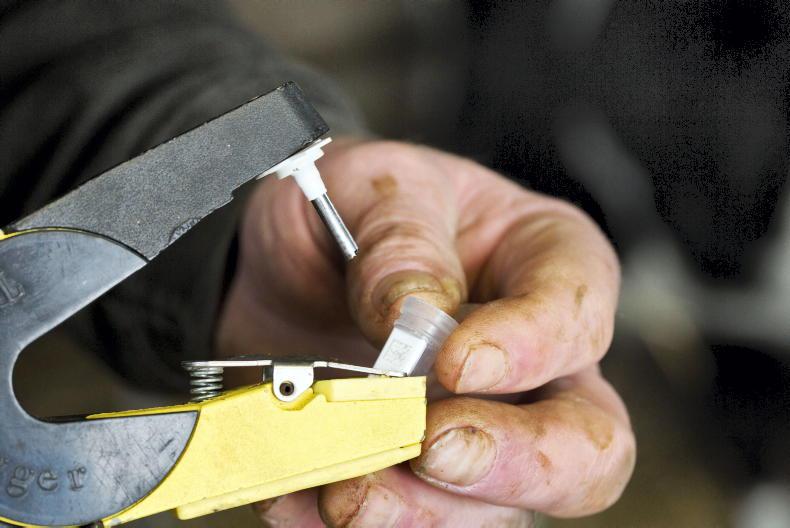
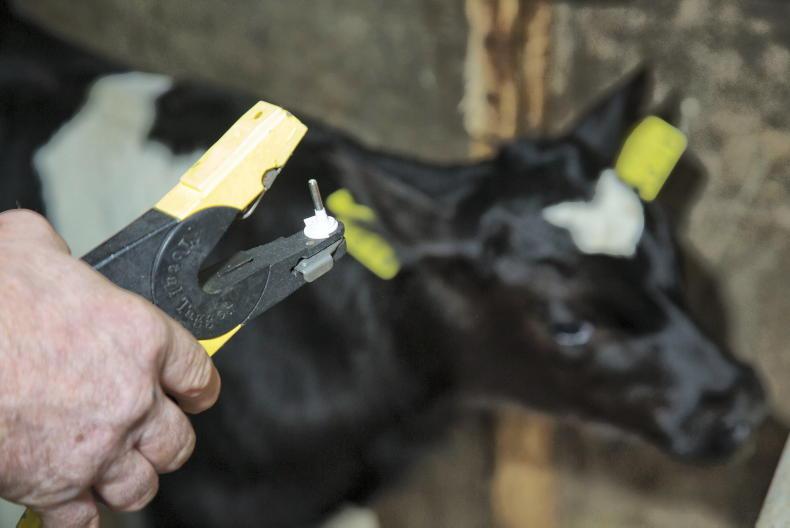
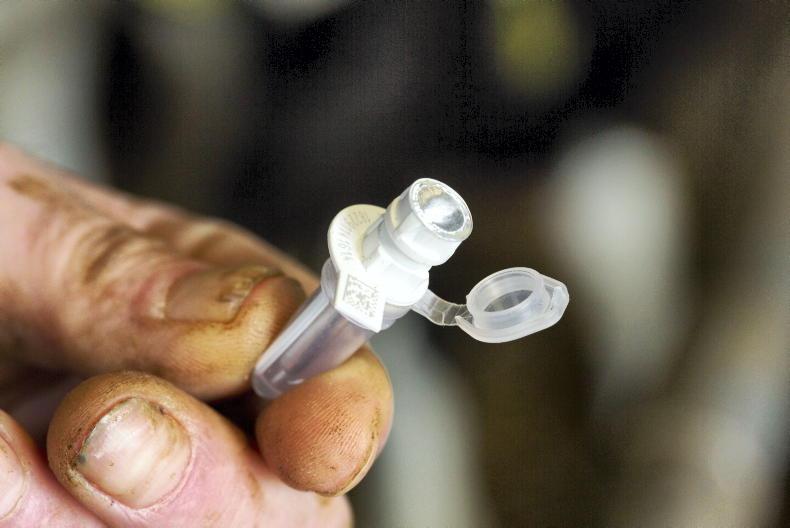
SHARING OPTIONS